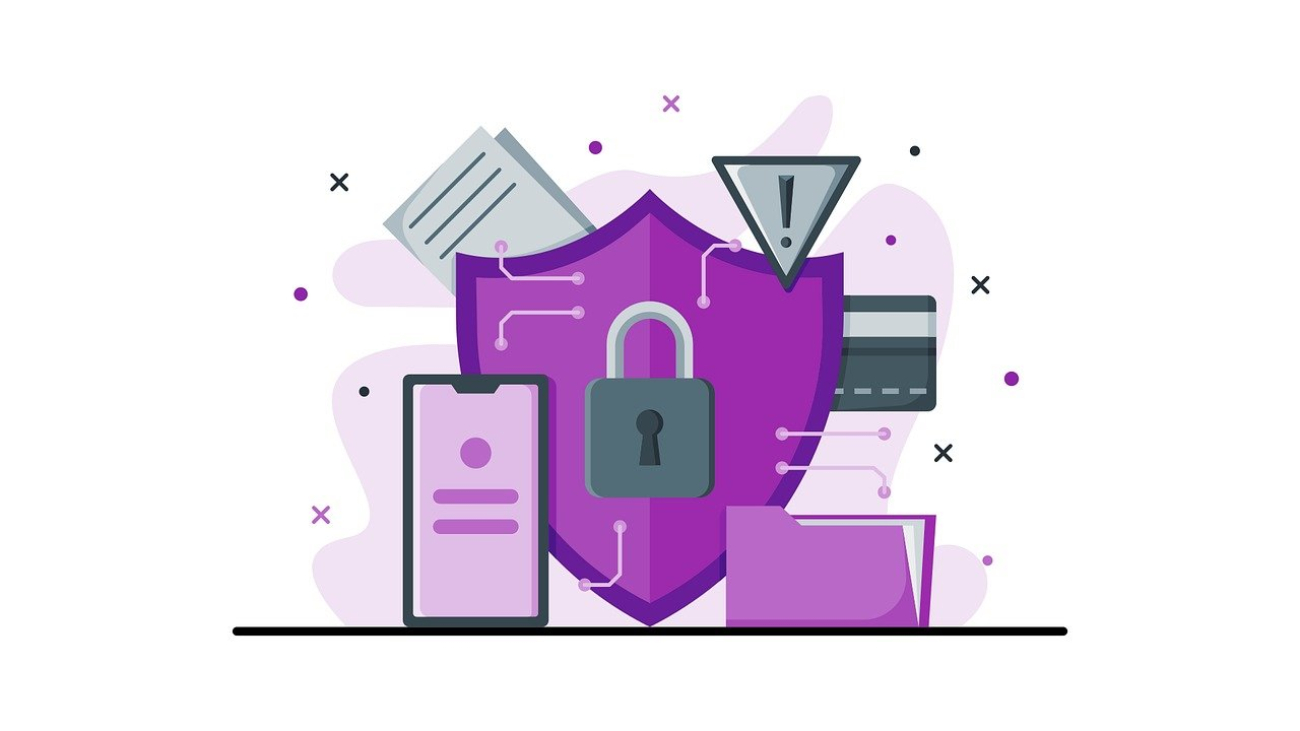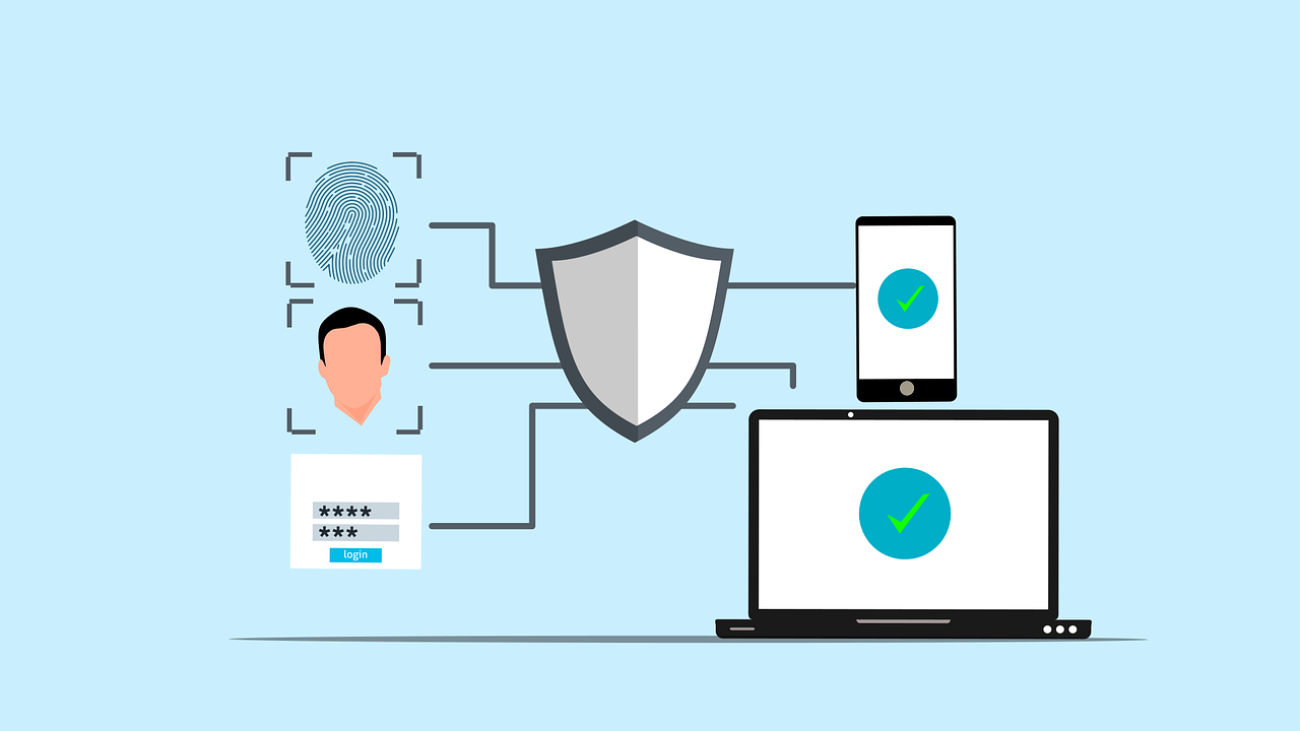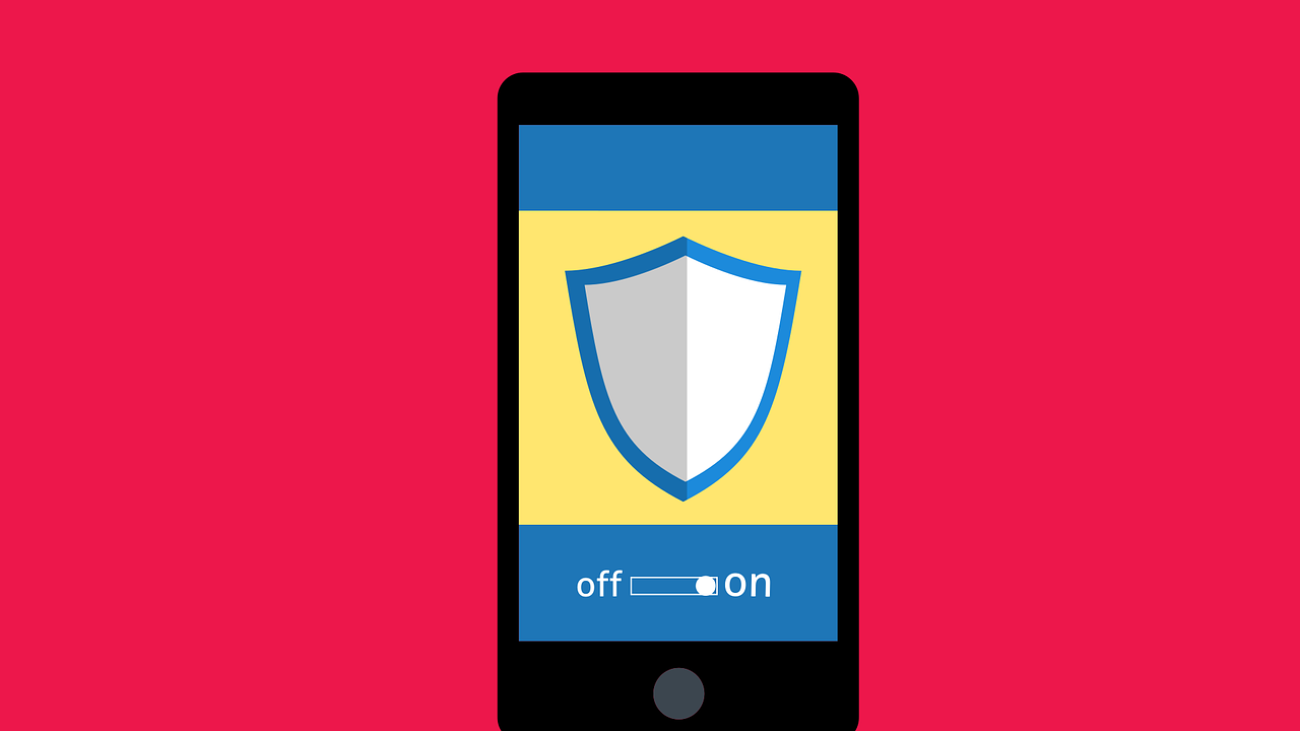Smart devices like thermostats, conference room speakers, and badge readers make office life easier. However, they also create new entry points for cyberattacks. With more connected tools in today’s workplace, it takes only one weak device to expose your entire network.
To stay protected, small businesses in Houston need practical steps that strengthen their defenses. That’s where a trusted partner like Graphene Technologies in Houston TX becomes essential. The guide below shows how you can secure your connected office with confidence and clarity.
What Is IoT and Why It Matters for Small Businesses
The Internet of Things, or IoT, includes any physical device that connects to the internet. This means sensors, cameras, speakers, printers, and other smart office tools all fall into this category. Because these tools automate tasks and share data, they boost efficiency. Even so, they also introduce privacy risks and security challenges.
For broader national guidance, review the CISA IoT Security Best Practices.
Suggested Image Alt Text:
“Smart IoT devices connected in a modern Houston office.”
How Houston Small Businesses Can Reduce IoT Security Risks
Below are simple, effective steps that help you improve your security posture. Additionally, these actions work well even if you run a small team or limited IT resources.
1. Know What IoT Devices You Have
First, create an inventory of every smart device connected to your network. If you don’t know what’s there, you cannot protect it.
-
Walk through the office and list every device
-
Note the model, purpose, and who uses it
-
Keep the inventory updated as new tools appear
If you need help with device management, explore Managed IT Services in Houston.
2. Change Default Passwords Immediately
Next, review your device passwords. Every IoT device comes with a default password, and these are widely known. Because of this, keeping them in place increases your risk.
-
Use strong, unique passwords
-
Store them in a secure location
-
Update them regularly
For guidance on password standards, see the NIST IoT Security Framework.
3. Use Network Segmentation to Limit Exposure
After updating passwords, focus on network segmentation. This step separates your IoT devices from your core systems. As a result, a compromised device can’t easily reach sensitive data.
-
Create separate Wi-Fi or VLAN segments
-
Restrict IoT access to critical systems
-
Use a guest network when possible
Segmentation strengthens your defenses and makes monitoring easier.
4. Keep Firmware and Software Updated
Then, check for updates. Updates fix security flaws that attackers often exploit. Outdated devices remain a major entry point for threats.
-
Review firmware updates monthly
-
Turn on automatic updates when available
-
Replace outdated or unsupported tools
Even older equipment can stay secure with consistent maintenance.
5. Monitor Traffic and Device Logs
Once your devices are active, monitor their behavior. Unexpected activity often signals a problem.
-
Track device traffic
-
Set alerts for unusual communication
-
Review logs for irregular patterns
Cyberattacks continue to rise. In fact, the Verizon Data Breach Investigations Report shows attackers are increasingly targeting IoT devices.
6. Create an Incident Response Plan
Because issues are inevitable, build a response plan. With a plan prepared, you reduce panic and avoid slow reaction times.
Your plan should include:
-
Who to contact
-
How to isolate a device
-
What backup tools are available
A clear plan saves time and minimizes disruption.
7. Limit Device Permissions
Next, review the permissions your devices use. Not every device needs full access to your network. Limiting access reduces your overall risk.
-
Turn off features you don’t use
-
Disable remote access when possible
-
Allow only the permissions required
Less access means fewer opportunities for attackers.
8. Watch for New Devices That Sneak In
Meanwhile, keep an eye on devices that enter your space unexpectedly. Employees and guests often bring connected gadgets without thinking about security.
-
Add a simple approval step
-
Ask whether the device truly needs Wi-Fi
-
Block or remove insecure tools
Early review keeps your network safer.
9. Encrypt Sensitive Data
Additionally, encryption protects information during transfer and storage. Even if a device is compromised, encrypted data stays unreadable.
-
Enable encryption in device settings
-
Use encrypted storage for sensitive data
This extra layer of protection adds security without slowing down operations.
10. Reevaluate Your IoT Security Regularly
Finally, make regular reviews part of your process. Since technology changes quickly, security must adapt with it.
-
Recheck your device inventory
-
Update passwords and network segments
-
Retire outdated equipment
For deeper support, explore Cybersecurity and Exposure Management and review Cybersecurity Articles and Resources.
Why IoT Security Matters for Houston Businesses
IoT devices create faster workflows and better automation. However, they also open new pathways for attackers. Most successful attacks happen because of small oversights like missing updates or weak passwords. Fortunately, these risks are easy to reduce with consistent, simple steps.
With the right strategy and the right partner, your business can stay protected without slowing down.
Protect Your Smart Office with Graphene Technologies
You do not have to become a security expert to protect your office. As more smart devices enter your workplace, having a team that understands IoT security makes a real difference. When you’re ready to strengthen your defenses, reach out through Contact Graphene Technologies and get support built for small business needs.









